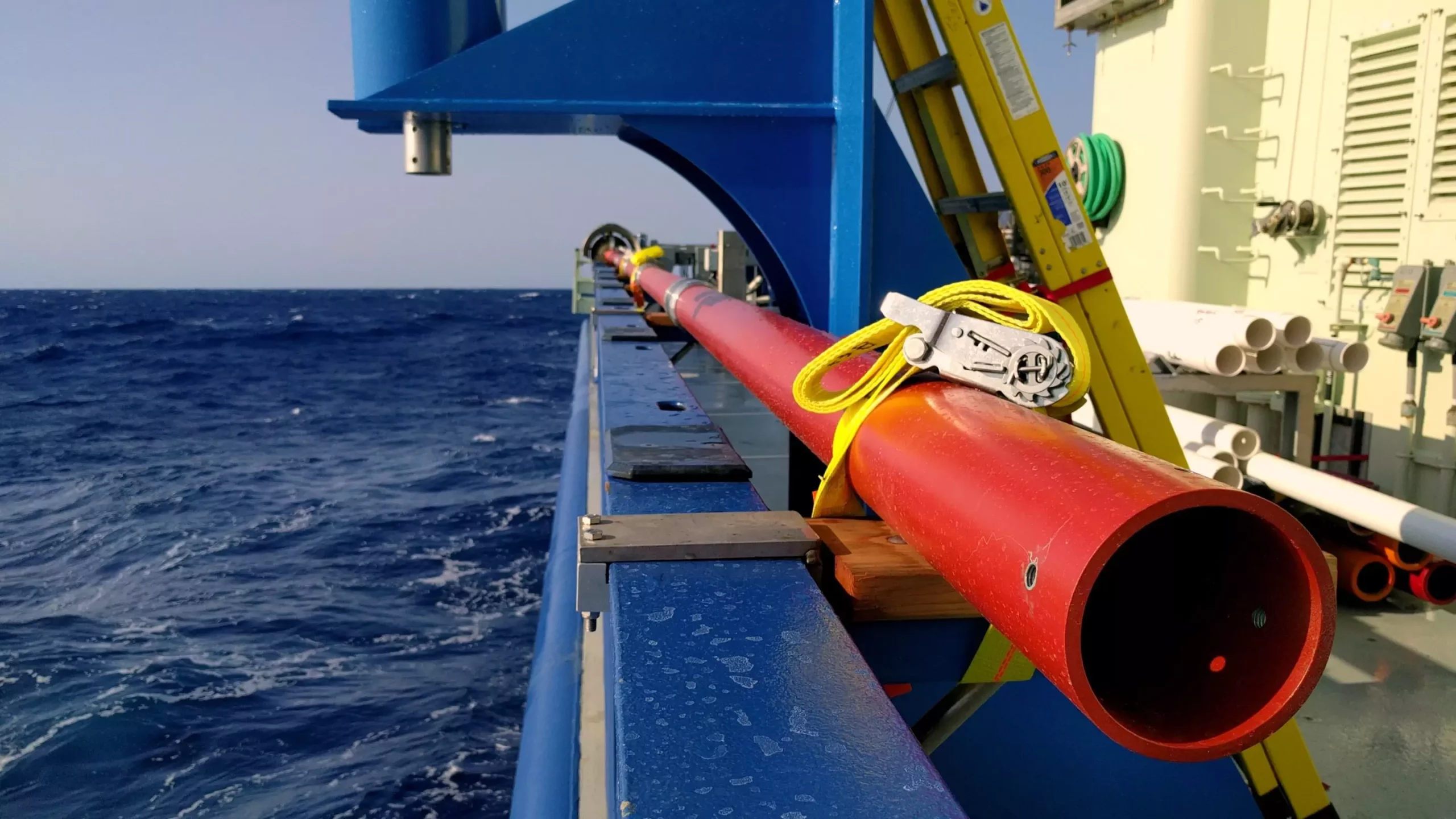As one of the most significant drivers of climate, the Gulf Stream is often referred to in discussions surrounding global warming and its consequences. Recent research led by scholars at UCL, published in *Nature*, unveils tantalizing insights into the Gulf Stream’s behavior during the last ice age, approximately 20,000 years ago. This study poses crucial questions about the potential fragility of this critical ocean current in the face of ongoing climatic shifts, suggesting that the Gulf Stream may be more sensitive to changes in wind patterns than previously understood.
The Gulf Stream carries warm tropical waters across the Atlantic, influencing the weather and climate of Europe significantly. This vital current not only warms the continent but also plays a role in regulating sea levels in North America. Understanding its historical variations, especially under dramatic climatic conditions like those seen during the last ice age, is essential for grasping what may lie ahead as our planet continues to warm.
Stronger Winds, Stronger Gulf Stream: A Historical Perspective
Dr. Jack Wharton and his team presented evidence that during the last ice age, the Gulf Stream was not just a functional current but a powerhouse—stronger than today, fueled by intensified winds sweeping across the subtropical North Atlantic. This historical examination reveals a paradox: despite a more vigorous Gulf Stream during a globally cooler period, the planet remained drastically colder than it is today. Herein lies the crux of the study’s findings; the dynamics of ocean currents are interconnected with atmospheric conditions, showcasing a complex interplay that influences Earth’s climate systems.
The research indicates that stronger winds during the last ice age were instrumental in driving a deeper and faster Gulf Stream, allowing heat to traverse northward. Paradoxically, while the Gulf Stream was robust, the world remained enveloped in ice, suggesting limitations in how spatially and temporally vast climatic mechanisms operate. Such data highlights the importance of recognizing that historical climatic scenarios can yield insights into modern challenges posed by climate change.
The Fragile Future: Wind Patterns and the Gulf Stream
The implications of these findings extend into present-day climate forecasts. The study points to the vulnerabilities within the Gulf Stream system, particularly as future climatic models indicate a potential weakening of subtropical winds. If these winds diminish, the Gulf Stream could experience a significant reduction in strength, potentially cooling Europe while raising sea levels along the eastern seaboard of North America. This chilling prospect poses dire consequences for agricultural practices, ecosystems, and overall weather patterns across the continent.
The research collective emphasizes that the ocean’s currents are more than just conduits for transporting heat; they are integral players in the narrative of regional and global climates. As the planet warms, the paradox of potential cooling in Europe due to a weakened Gulf Stream presents a compelling narrative of climate complexity. While climate change is understood to raise global temperatures, the disruption of established geological features, such as the Atlantic Meridional Overturning Circulation (AMOC), could yield counterintuitive effects, necessitating urgent reassessment of current climatic models and disaster preparedness.
Beyond the Conveyor Belt Metaphor
The traditional metaphor of ocean currents as a “conveyor belt” is increasingly critiqued as simplistic. Professors Mark Maslin and David Thornalley argue for a more nuanced perspective, suggesting that the AMOC functions as a series of interconnected loops rather than a singular pathway. This reimagining urges scientists to look at each segment of the current, including the subtropical and subpolar loops, and their unique responses to external stressors.
Thornalley’s insights regarding the isotopic signatures found in foraminifera—from sediment cores under the Gulf Stream—serve to illustrate the intricacies of oceanic currents. The historical record indicates that, although the subpolar loop may have been weaker during the last ice age, the robustness of the subtropical loop was a distinctive feature of the period. This knowledge is crucial in understanding differing environmental responses and the potential for severe climatic repercussions in the modern era.
Confronting Uncertainty: The Path Ahead
As our understanding of ocean dynamics deepens, the urgency of addressing climate change becomes even clearer. The specter of a collapsing AMOC looms—a possibility that, while deemed unlikely, remains a concern for future atmospheric stability. With a potential Celsius drop of 10 to 15 degrees in European temperatures pointing to profound disruptions, it becomes vital for policymakers and the scientific community alike to take heed of these findings.
The Gulf Stream’s behavior during past climatic extremes does not merely serve as an academic curiosity; it is a clarion call to acknowledge the delicate balance of our planet’s climate system. The dialogue surrounding climate resilience must evolve, incorporating the complex interactions between ocean currents, wind patterns, and future climate scenarios to formulate effective response strategies. Only by fully appreciating the past can we hope to mitigate the risks of the future, ensuring that humanity remains attuned to the rhythms of Nature’s inexorable shifts.

